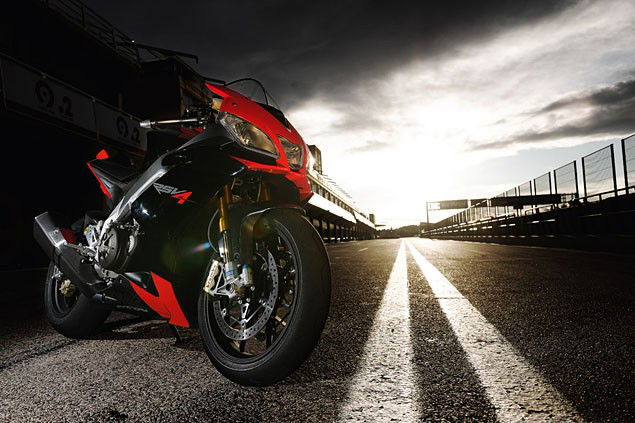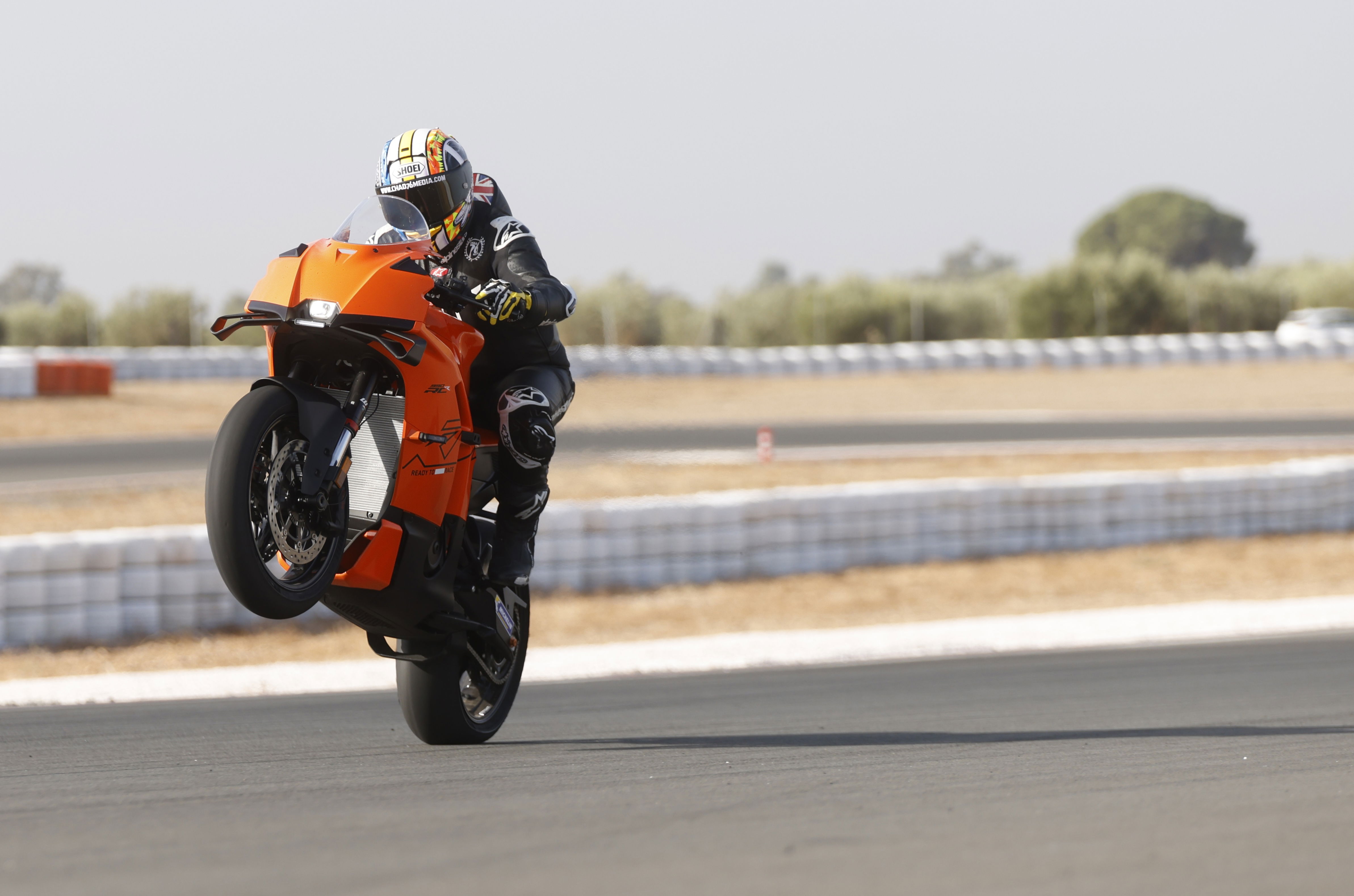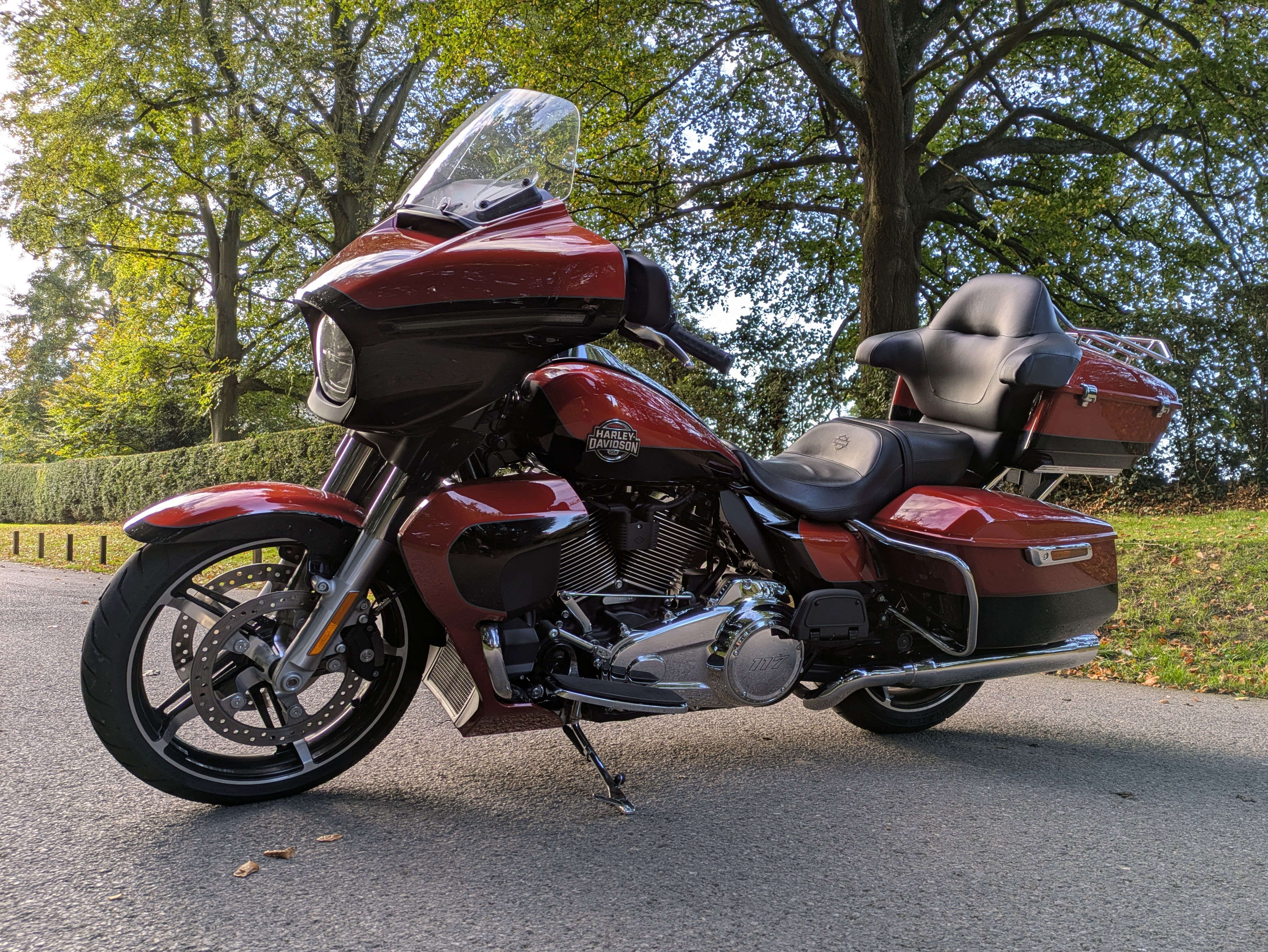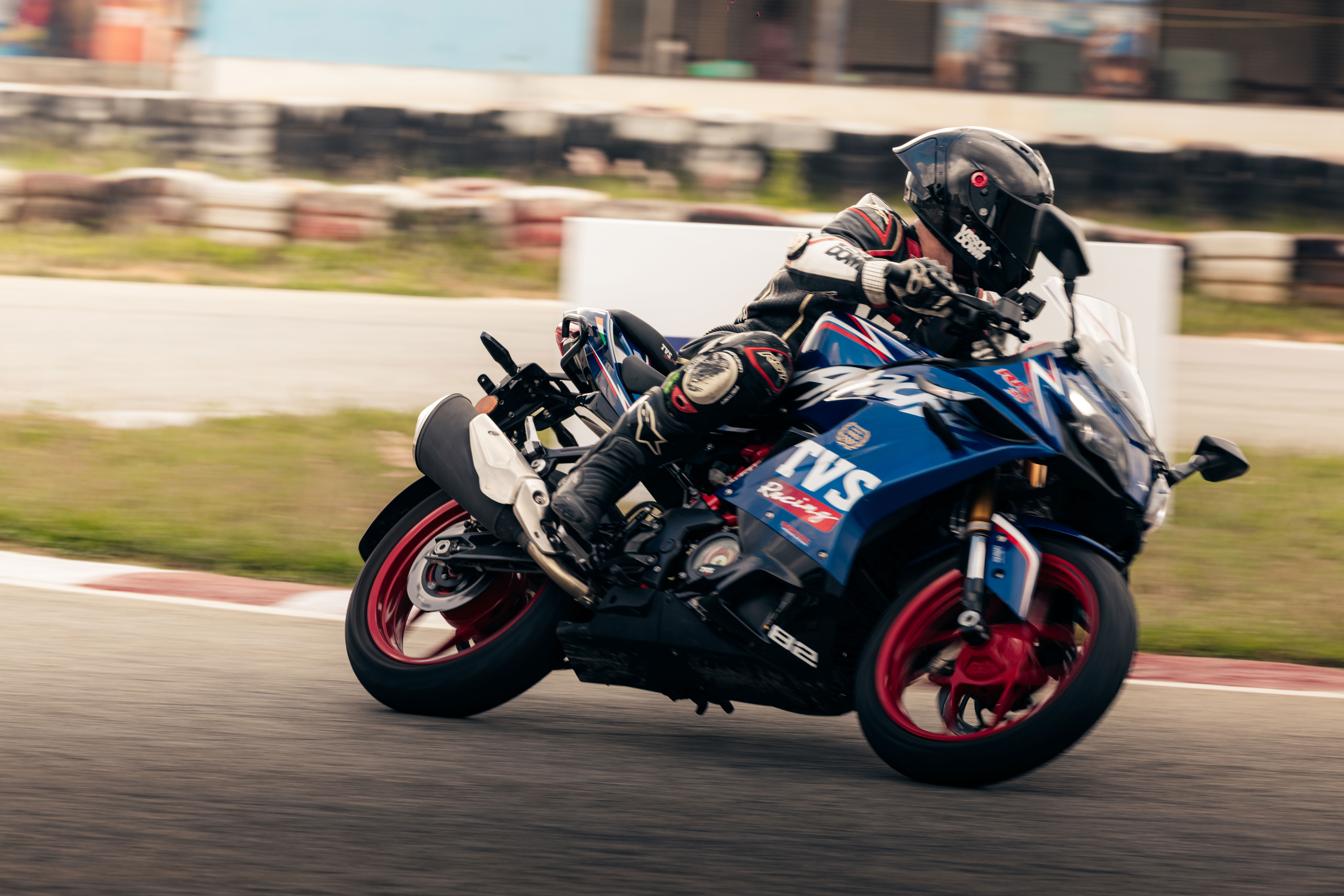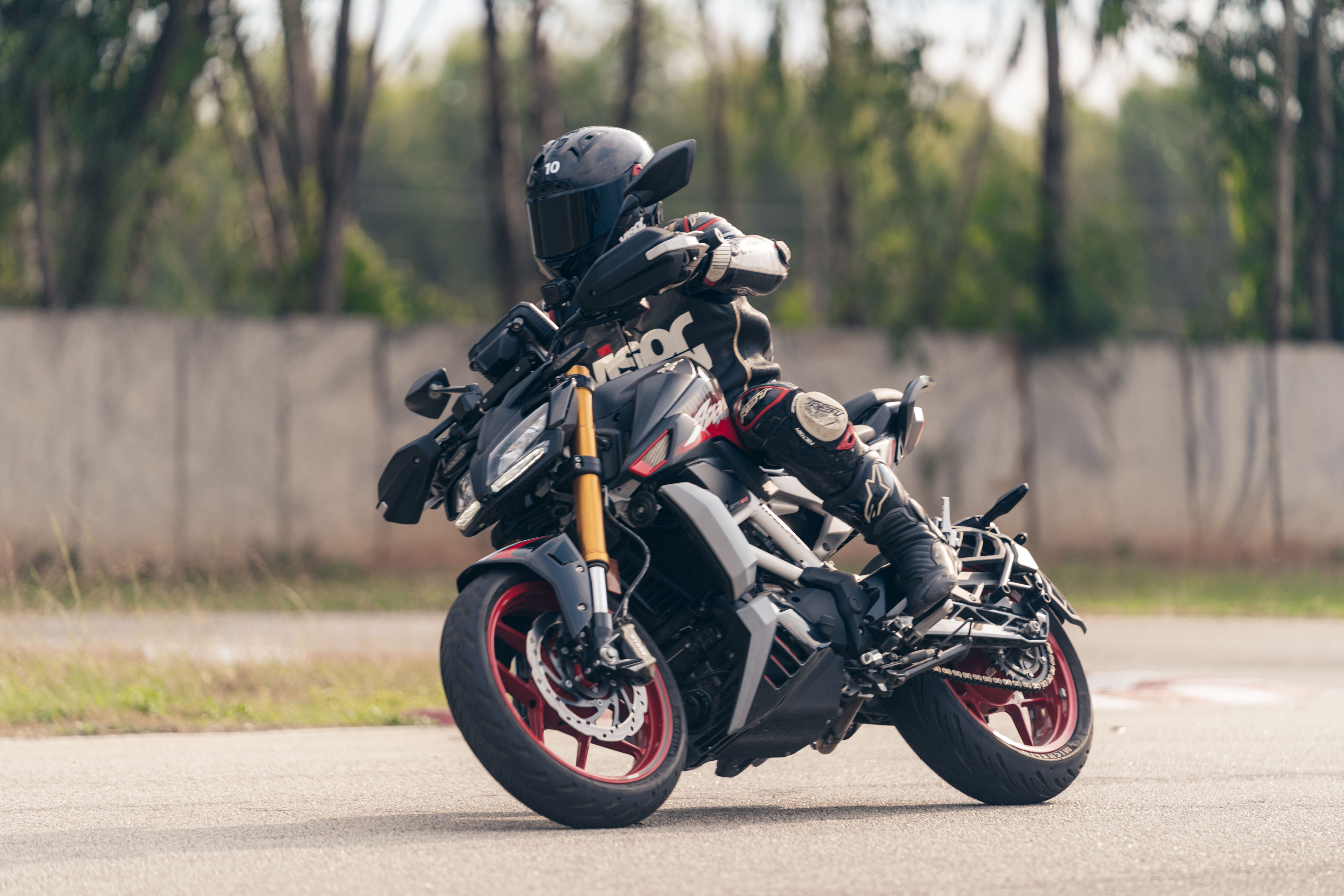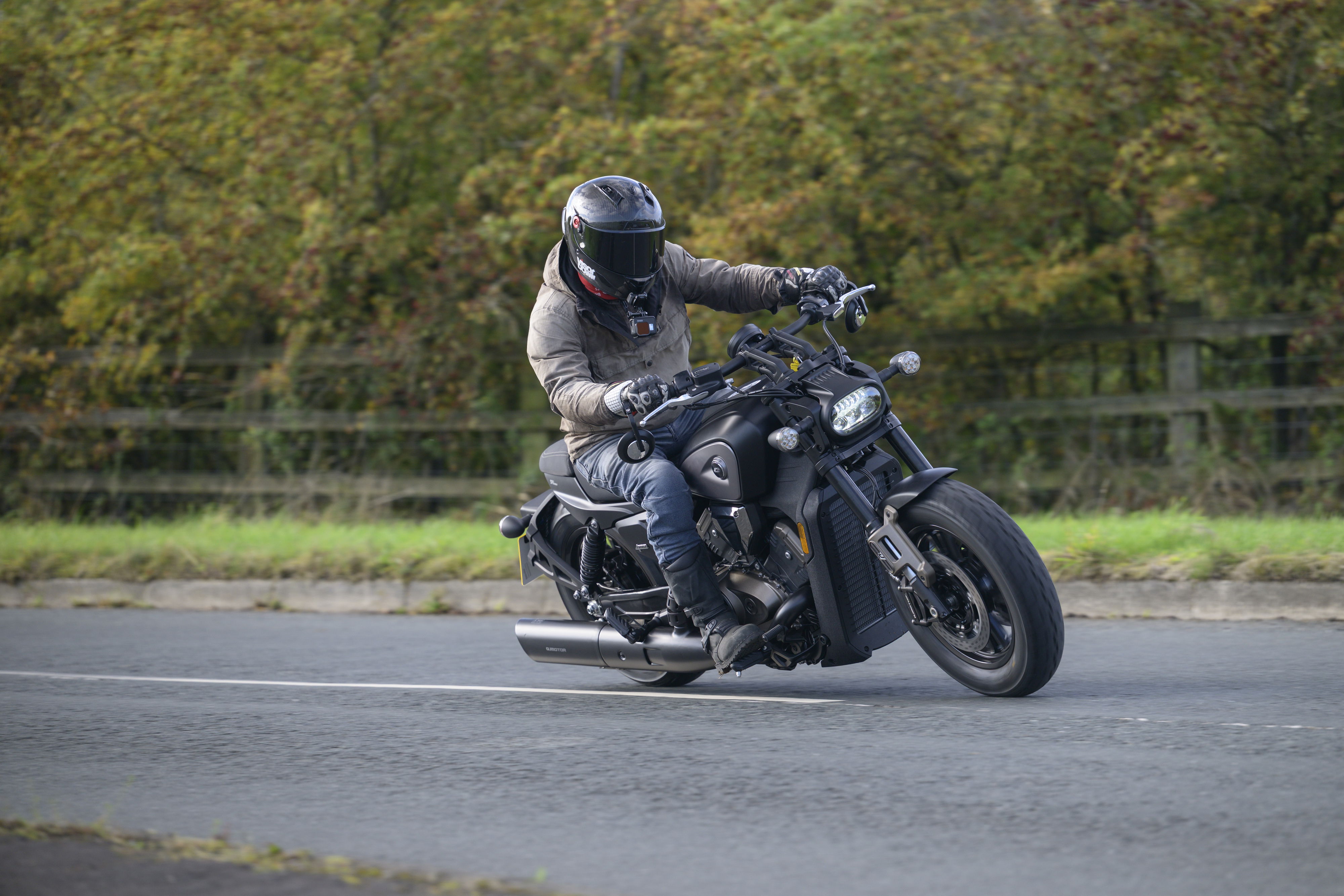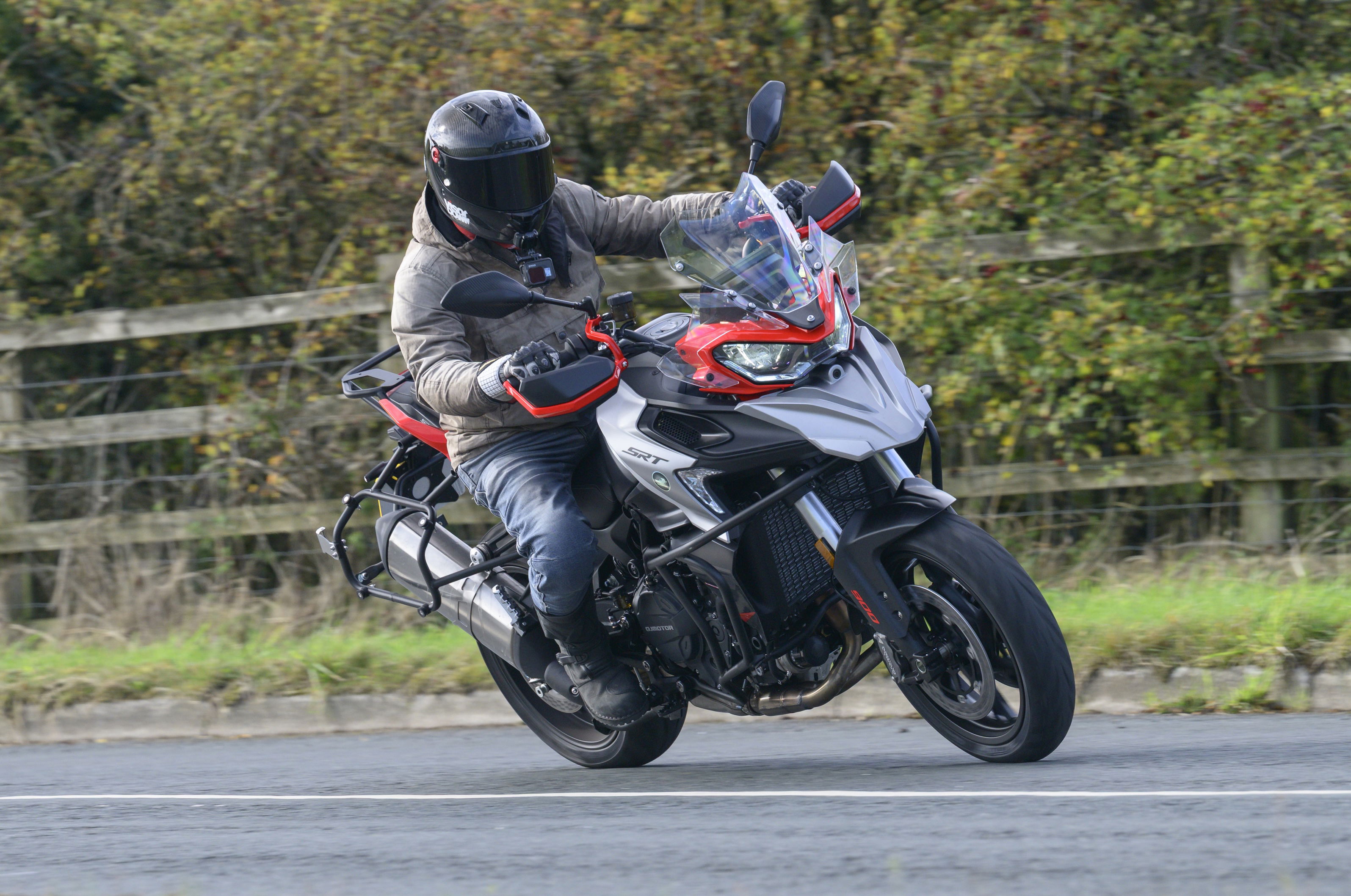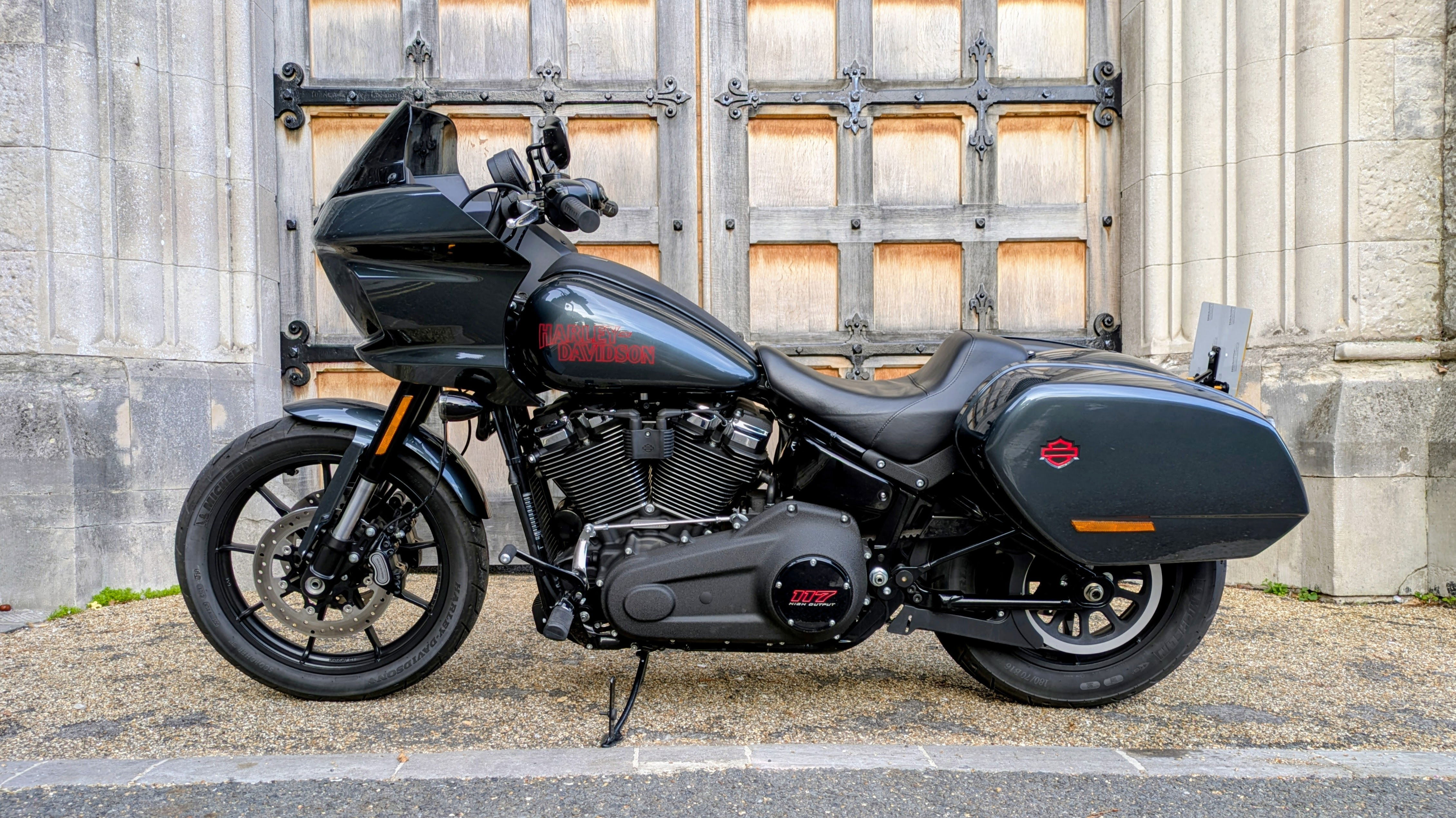2009 Aprilia RSV4 Factory first ride review
Three years and nearly £20 million in the making, Aprilia’s all-new V4 superbike is a Herculean effort for a firm that five years ago was in dire financial straits. It’s also quite brilliant...
Ben Miller

